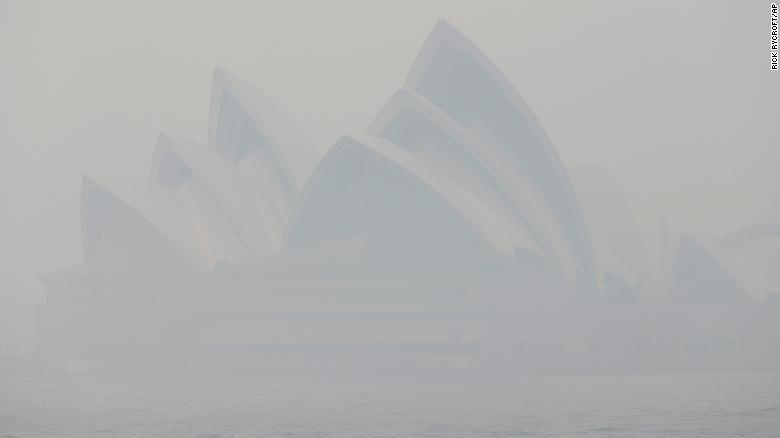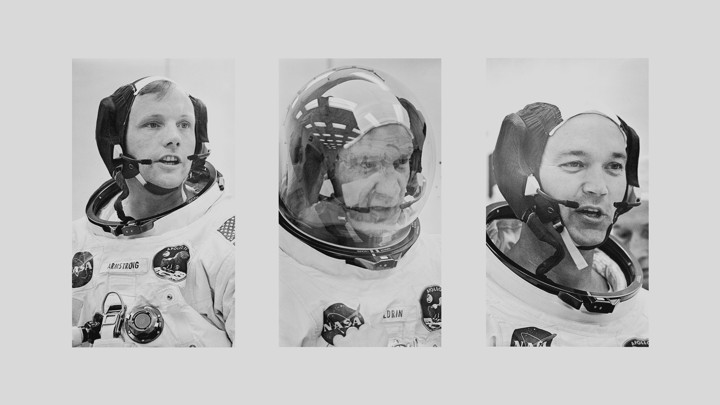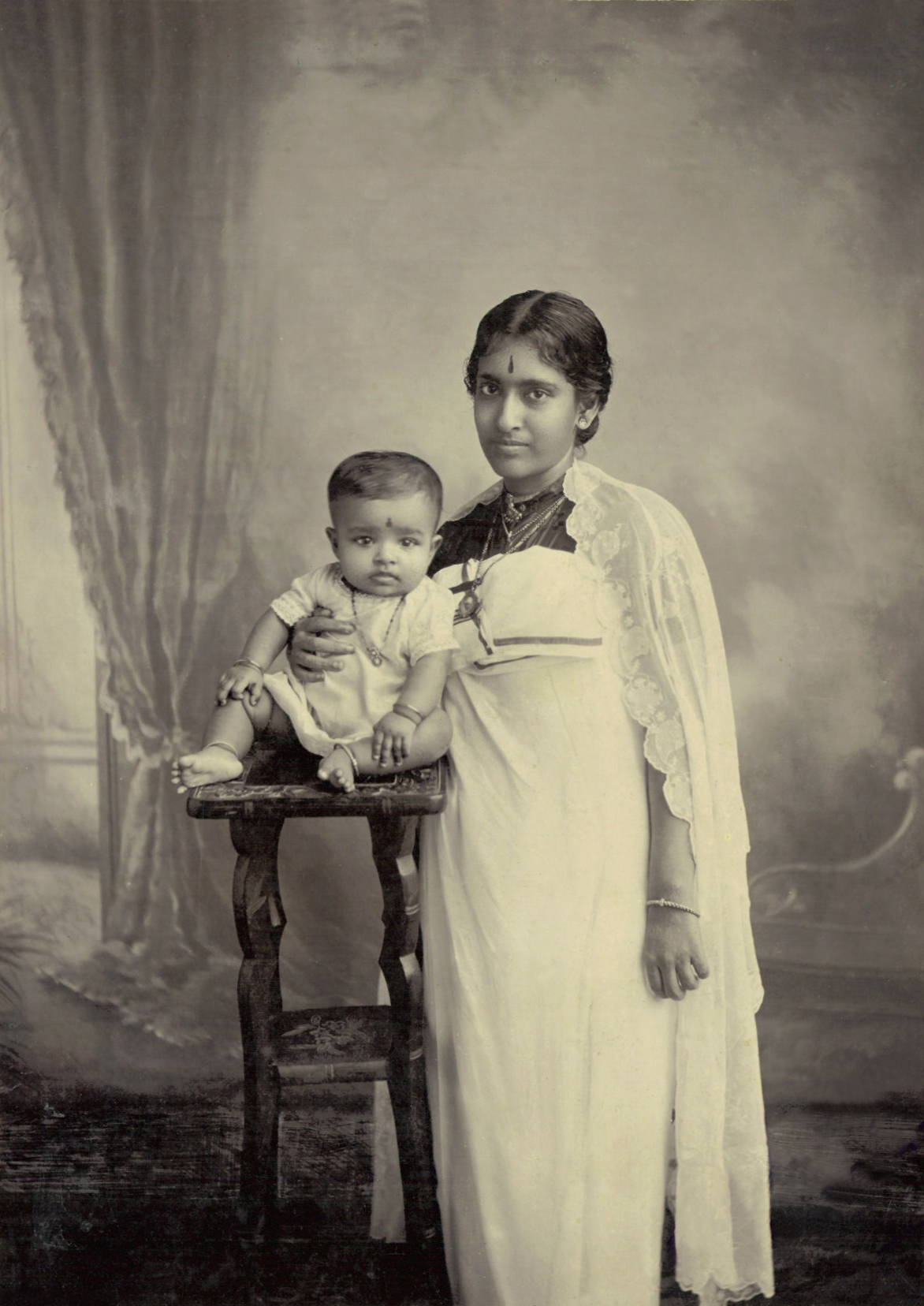Today I learnt that Nilakkal, a place near the foothills of sabarimala, has a more prominent history than what most people have known. The village is known as the place for RSS backed religious groups to gather and group. It sits right on the path towards the hillock, which means anyone trekking up the hill can be checked there. I had wondered why is this place chosen for the conflict , instead of a place further downhill ? And I found the true answer only recently.
It seems this place has always been the site for religion driven conflict. At least from 1983. That year a stone cross was found at Nilakkal, on land owned by the Kerala Farming Corporation, barely 200 metres from the Shiva temple.The next day, followers of Mathew Anthiyakulam, vicar of the nearby Pamba Valley Church, arrived at the spot singing devotional songs. Claiming the cross was a remnant of the ancient church established by St Thomas, they built a thatched shed over it and started holding daily prayers. Soon after, the Kerala Catholic Congress, an organisation of the laity, set up a Nilakkal Action Council to prepare for the construction of a church at the site. On the council’s request, the state’s Congress government allotted it one hectare (2.4 acres) of land close to the temple for the church construction.
Christians believed that St Thomas, one of Jesus Christ's 12 disciples, had travelled to Kerala and established 7 churches, and that one of them was at Nilakkal. The hindus who traditionally visited the temples at Nilakkal saw this as a conspiracy, and convened their own agitation against the 'christian takeover'. They claimed there was no proof of St Thomas’s visit to India or of his having established churches. They demanded the removal of the cross, alleging it was of recent origin and had been planted on 'Hindu holy land'.
The main leader of this agitation was a certain Mr Kummanam Rajasekharan, who was then a Vishwa Hindu Parishad leader.Rajashekaran accused the government of sacrificing the interests of Hindus to get Christian votes.
Things quickly took a violent turn, which lasted months. Even K Karunakaran, who was the chief minister, was not spared.
Karunakaran was in the habit of praying at the Sri Krishna Temple in Guruvayur on the first day of the Malayalam months. As usual, he reached the temple on May 15, 1983, for morning prayers. As soon as he entered the temple, a huge gathering of people affiliated to the then Sangh Parivar platform Hindu Aikyavedi prevented him from offering prayers. They accused Karunakaran of illegally handing over land holy to the Hindus at Nilakkal for the construction of a church.
The developments in Nilakkal led to a massive Hindu mobilisation. Violating prohibitory orders, the RSS organised a protest march in Thiruvananthapuram. More than 1,000 of its workers and those of the Hindu Munnanireligious group were arrested from across the state for unleashing violence. In Nilakkal, RSS and Hindu Munnani activists dismantled the thatched shed and manhandled Christians. Tensions soared after Hindu Munnani activist Koorambala Chandran Pillai died weeks after being injured in a police lathicharge.
On June 4, 1983, Nilakkal witnessed an intense hour-long battle as the police tried to disperse a throng of rock-throwing VHP activists with batons and teargas. The clash left 50 injured while 30 protestors, included nine ascetics, were arrested. The VHP said they would not allow a church anywhere near the temple or even within range of the 18 hills surrounding the Sabarimala shrine, asserting that the area belonged to Hindus alone.
On July 16, 1983, hundreds of VHP workers gathered again in Nilakkal for a protest meeting with night-long prayers and rituals. Prominent religious figures such as Vidyananda Saraswathi and Sathyananda Saraswati addressed the crowd.
The next day, Hindu temples across Kerala flew black pennants to protest the church construction plan. In the following days, thousands of Hindus donning black cloths over their mouths and on their hands marched on the streets of all the major towns and cities of Kerala, condemning the police action and arrest of holy men in Nilakkal.
Coinciding with the protests in Nilakkal, two Catholic churches were attacked with homemade bombs, 15 state transport busses were vandalised and 28 protestors arrested.
The violence prompted the government to ban the activities of the Hindu Unity Action Council.
Peace was finally restored after Gandhian MP Manmadhan held discussions with both sides. A meeting of Kerala bishops was held and it was decided that the cross would be relocated to a place agreed upon by both action councils. The church would be built at this spot 4 km south-west of the temple, well outside the area the Hindu side identified as Ayyappa’s sacred grove. The spot where the cross was originally found is now part of a parking lot for pilgrims to Sabarimala.
A small church dedicated to St Thomas now stands in Angamoozhy, the spot that was agreed upon all those years ago. Very few of those who visit it know of its history or its role in what may well be the largest communal flare-up in Kerala’s history.
What makes this church different from others is that it follows the principle of ecumenism, which promotes unity among the various Christian churches. Kerala’s Christian community comprises numerous denominations, prominent among them being the Syrian Catholic, Orthodox, Marthoma and Jacobite churches.
The Sangh Parivar began the process to communalise Kerala in 1983 by hipping up a frenzy against the plan to construct a small church close to the Mahadeva temple in Nilakkal. In a way, Nilakkal is a milestone in the Sangh Parivar’s growth in Kerala.
So you see, Nilakkal has been the centrepoint of violent history in the past, and therefore continues to be the first place supporters of RSS would congregate at for their future political stands.






